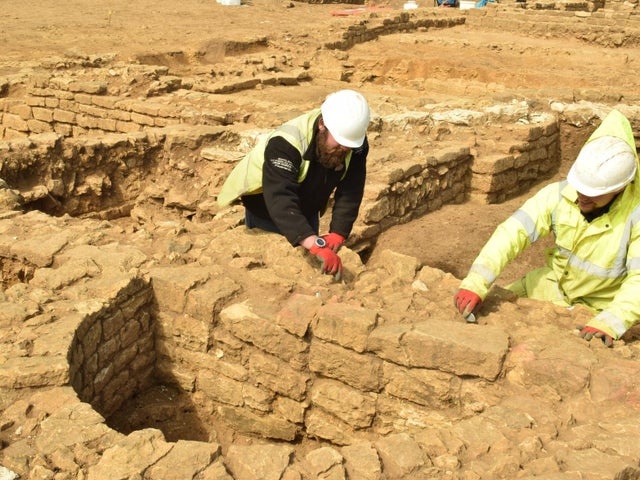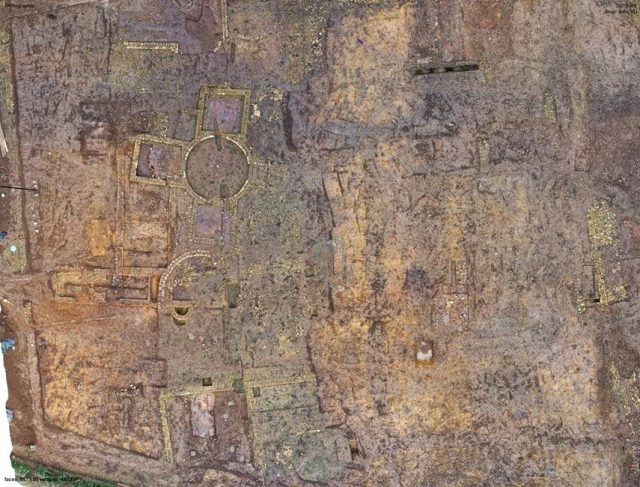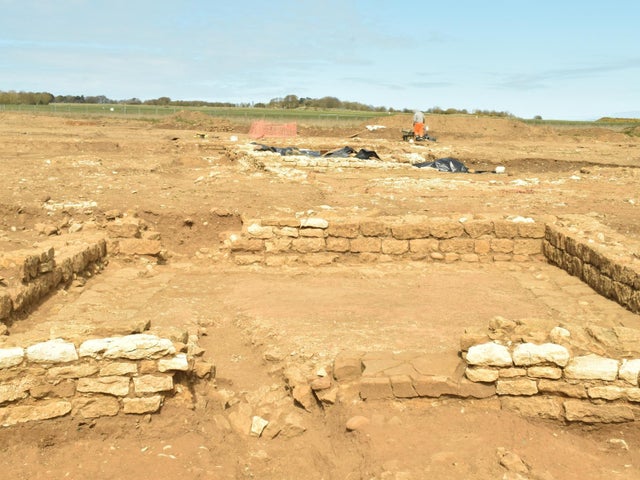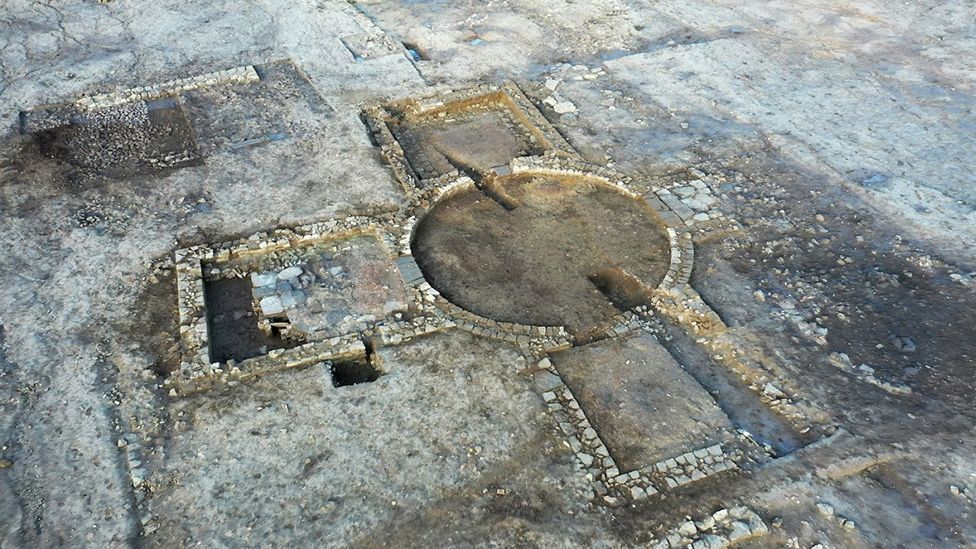An Ancient Roman stately home complex has been uncovered during a modern day construction project… but this is no ordinary slice of archaeology. It’s believed to be a perhaps the only example of its kind in the world!
The English seaside town of Scarborough plays host to what looks like an impressive array of different structures. Alongside the familiar sight of a Roman bath house is what’s described as a circular central room, from which various spaces can be accessed.
Quoted by BBC News, monument inspector Keith Emerick refers to it as “a really interesting hybrid building”.
No-one knows exactly what the site was used for. But as Emerick speculates – reported by the Scarborough News – it could have operated “a bit like a stately home”.

The Scarborough News mentions that the find was made by MAP Archaeology early last year. Big guns Historic England moved in once the scale of the discovery became clear.
On their website, Historic England write the place is a possible first of its kind, not just for the area but “within the whole former Roman Empire.” The remains are “far more significant than anticipated.”
Such a layout has never been observed before. According to the Scarborough News initial survey work proved challenging, because “the local geology is similar to the stonework”. Identifying what was there took a while.
Also in the frame is an ancient central heating system, as well as timber. The wood may have formed an original villa before the stone version was erected.
The stonework is apparently of a very high quality. Pottery has also been found on site. The complex looks as if it was dismantled. Experts naturally suggest the end of the Roman Empire as a possible time that this took place.
The grand nature of the site leads experts to assume it was used by the well to do. Aside from being a possible stately location, there could have been a religious aspect to the property. Historic England and co’s minds are open to the various possibilities.
If it wasn’t for company Keepmoat, the find wouldn’t have happened. While their interests lie in 21st century architecture rather than Ancient Roman civilization, they do fund exploratory work by history hunters.
Eventually the site will become the Eastfield housing development. Eastfield being the part of Scarborough that has found itself the focus of worldwide attention.

Once the archaeologists conclude their investigations, the supposed stately home will return to the soil. However, in a welcome twist Keepmoat have decided to cover it with an area of open space.
That way it won’t be lost beneath tons of concrete. Another factor is the complex being exposed in the first place. The fragile stonework won’t last too long in open air. As noted by Historic England, North Yorkshire County Council and Scarborough Council are involved in the respectful re-burying.
On a less reverential note, organizers were dismayed to see the site was trespassed on soon after news of the discovery broke. Under cover of darkness, the area was visited by so-called “nighthawkers”.
What on earth are nighthawkers? As described by the Scarborough News it’s a term for “metal detectorists who seek to illegally remove artifacts from historic monuments”. Some damage has reportedly been done through their interference.

Disruption or no, the site is giving a rare and fascinating insight into life in Roman Britain. Keith Emerick adds: “we’re all trying to find a comparable site and we are struggling.” (BBC News)
Should the remains turn out to be those of a stately home, it’ll be a high profile feather in the cap of archaeologists.
Another Article From Us: Deep Nostalgia… the App that’s Bringing Dead Relatives and Celebrities Back to Life!
Much is known about the Roman Empire, but it doesn’t mean there aren’t some juicy secrets out there. Surprises have been well and truly revealed at the British seaside…
